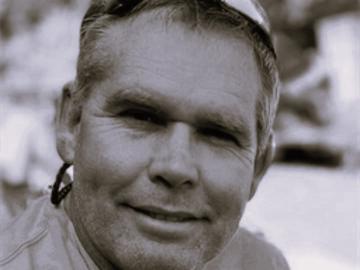It’s interesting to see which flights are opening up to South Africa – and, more importantly, what that increased airline capacity reveals about who’s showing interest. New routes and additional seats from hubs like the UAE, Singapore and São Paulo signal a shifting global travel landscape that South Africa cannot afford to ignore.
As international airlines increase crew sizes and expand services to Johannesburg and Cape Town, it’s clear that the market is materialising in new ways. Demand from travellers in countries such as Brazil, China and India is steadily building – and the routes are starting to follow.
This shift presents a crucial opportunity to broaden South Africa’s tourism focus beyond traditional markets and invest in those with the most growth potential.
The new world
The new and expanded flight connections from the likes of Emirates, Qatar Airways and Singapore Airlines reflect a wider trend in global travel: the fastest-growing source markets are outside of Europe and North America. Increased capacity between Johannesburg and Asia, the Middle East and Latin America is not just about trade; it’s about tourism too.
Brazil, China and India are rising not just in outbound travel numbers but in economic influence – and their citizens are travelling further, staying longer and spending more.
In 2023, nearly 25 million Brazilians travelled abroad – a 20% increase from the year before. The majority head to Europe, particularly Portugal but South Africa remains largely off the radar, attracting fewer than 50 000 Brazilian tourists in 2024.
China’s international travellers made an astounding 130 million trips last year, spending more than US$124 billion in foreign markets during the first half of 2024 alone. Yet, South Africa welcomed fewer than 80 000 Chinese visitors all year – a tiny fraction of what’s possible.
India, meanwhile, is one of the most exciting outbound travel markets globally with 50 million citizens travelling abroad in 2023. Their top destinations include the UAE, Singapore and Thailand. But South Africa drew only around 75 500 Indian visitors – despite strong cultural ties and shared BRICS alignment.
What these markets have in common is not just volume but value. Indian, Brazilian and Chinese travellers match – and often exceed – the spending power of their Western counterparts. They’re increasingly looking for luxury, cultural depth and once-in-a-lifetime experiences – South Africa can offer all in abundance.
Time for a rethink
The recent uptick in concern about US arrival numbers shows just how vulnerable South Africa is when it leans too heavily on a few core markets. It’s not just about numbers slipping – it’s about perception shifting. And when safety concerns or misinformation make headlines abroad, they can have a chilling effect on demand.
If South Africa wants a more resilient tourism economy, it must treat high-growth markets like Brazil, China and India as strategic priorities, not afterthoughts. These aren’t just “emerging” markets anymore; they’re active, influential and increasingly competitive.
Flight availability is one of the clearest signals of this change. For example, routes from São Paulo to Johannesburg are unlocking potential that has long been dormant. But infrastructure alone is not enough. We need investment, coordination and a national strategy to ensure these new opportunities translate into measurable growth.
Play to our strengths
South Africa has what many of these travellers want:
- Wild, untouched nature
- Unique cultural experiences
- The kind of scenic beauty and space that few other destinations can offer
The safari experience is particularly compelling – a bucket-list item for many long-haul travellers. Add in world-class food, wine and hospitality, and the country is well-positioned to attract discerning travellers seeking value and wonder.
The missing piece is visibility. South Africa must show up where these travellers are making decisions – in their languages, on their platforms, through partnerships and campaigns that speak to what they value.
Now is the moment to act. The infrastructure is expanding, the interest is growing and the world is opening up to South Africa in new ways. But, unless the industry responds with urgency, coordination and confidence, we risk letting this moment pass us by.
This isn’t just about growth. It’s about resilience, relevance and recognising that the future of tourism doesn’t lie in nostalgia – it lies in global ambition.
South Africa needs to show that it means business.












